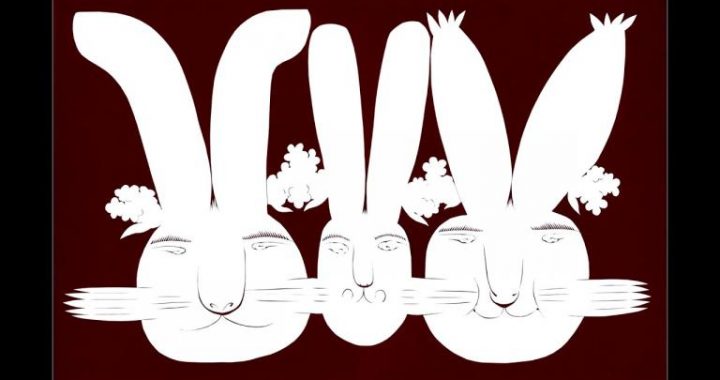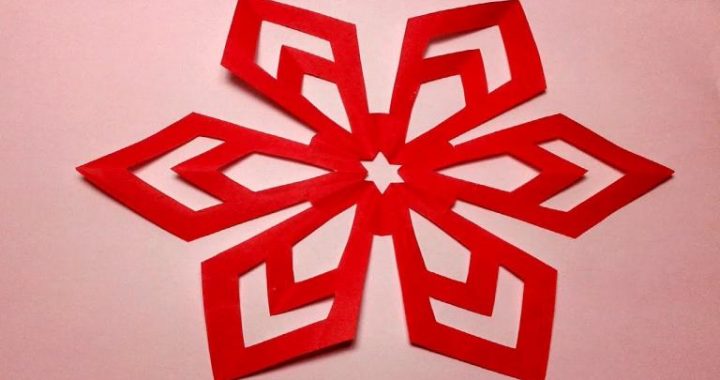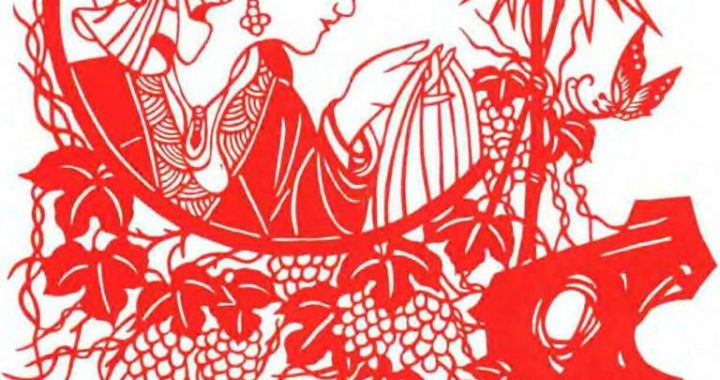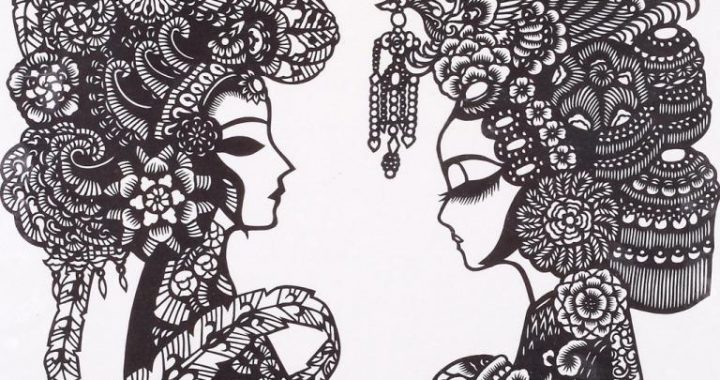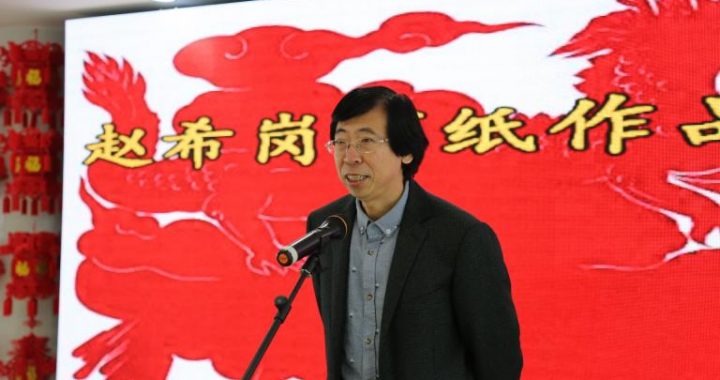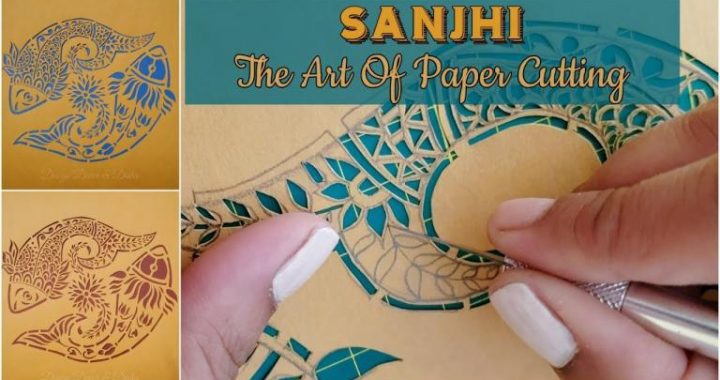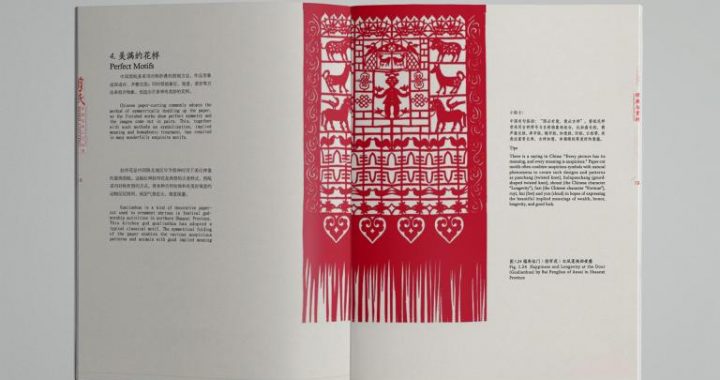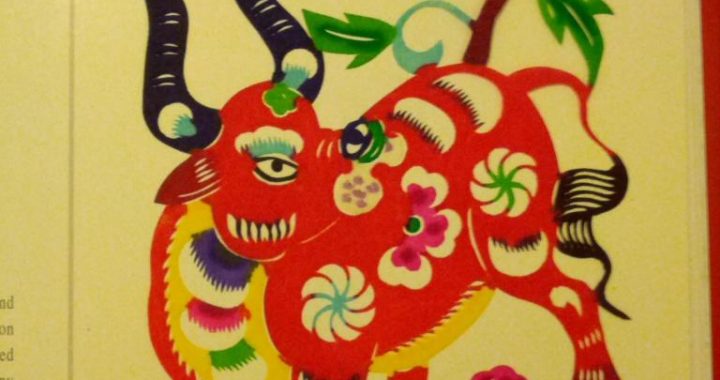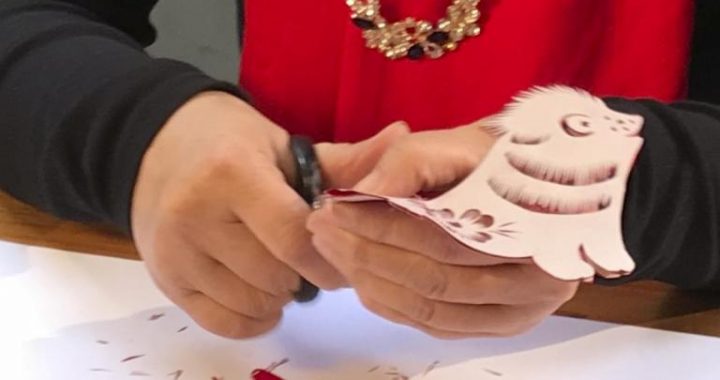Toy
5 min readSince ancient times to this day, toys have always accompanied human life. Early in the Neolithic Age, primitive toys already emerged. Folk toys in China have existed for a long time, spread to a wide area, with diversified types and styles made from numerous raw materials. In terms of functions they fall into seasonal toys, intelligence improving toys, acoustic toys, keeping-fit toys, toys for viewing and enjoying, and practical toys. In terms of materials used, they can be divided into clay toys, cloth toys, bamboo and wooden toys, paper toys, etc.
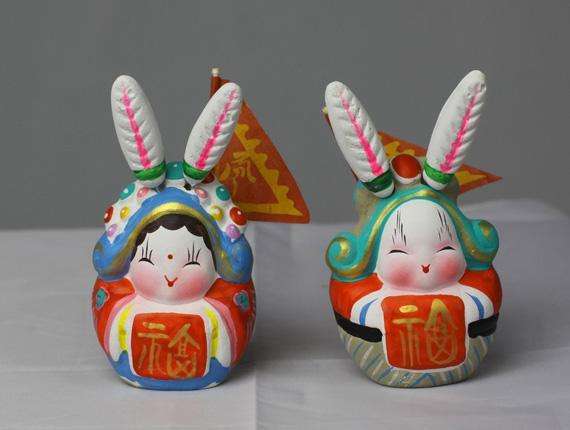
Seasonal toys are closely connected with folkways, subject to a certain season or festival time. Firecrackers and fireworks are special for Spring Festival; running horse lantern and auspicious image lanterns for Lantern Festival; lotus lantern for Spirit Festival; sachet, cloth tiger, moxa-filled figure, five-filament whistle for Dragon-boat Festival; grandpa rabbit for Mid-Autumn Festival; kite for Pure Brightness; etc.. Educational toys can arouse people’s curiosity and encourage creativity such as tangram, informative map, playing card, small game “puzzle,”nine-circle puzzle, Lubanga lock, problem palace rearrangement. Acoustic toys such as earthen whistle, china whistle, diabolo, wheels (wooden shaft at either end of a disk), rattle-drum, tiny gong and drum, glass trumpet, etc, can send out sounds, suitable for babies. Toys for viewing and enjoying are mainly for decoration, such as wood carvings, stone carvings front-stone carvings, clay figures, wax figures, dough figurines, etc. Keeping-fit toysare mostly for outdoor activities such as Cuju(ancient game similar football), rope skipping, shuttlecock, swing, pot vote(a throwing game). Practical toys can also be used as dress, bedding, food, such as tiger-head shoes, tiger-head cap, sugar figuring, flower face(a kind of bun), etc.. Details are given to some of the above-mentioned toys as below.
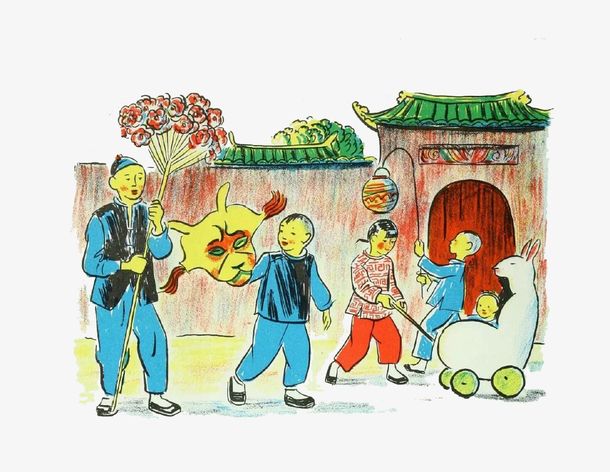
Han-dynasty red pottery acrobat figurines.
Painted cloth tigers in Qing Dynasty.
Clay toys are the kind the oldest, most wide spread, most highly yielded, and most closely related to folkways. It can be traced back to the Neolithic Age some five or six thousand years ago. By the Eastern Han dynasty, clay toys and earthen toys had already become popular. The earliest toys still in existence are the Tang Dynasty clay figurines. In 1973, large quantity of rare cultural relics of the Tang Dynasty were unearthed from the ancient tombs in Astana, Xinjiang in which a group of four painted laboring clay figurines from Tomb No.201, vivid and natural in shaping, give a truthful representation of the scene of food preparation at that time. From the Song Dynasty, clay toys turned into commodity with professional artisans specialized in toy making appeared and itinerant peddlers and street stalls could be commonly seen. Clay toys were spread to almost every region where they became closely connected with local conditions and customs.
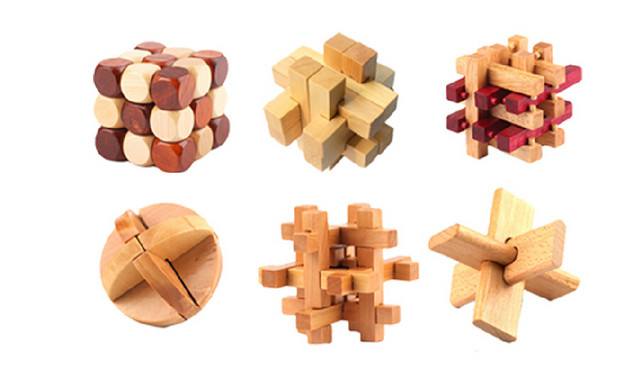
Wuxi Huishan clay figurines originated in the Ming Dynasty is the representative of clay toys in China. The clay is taken from the foot of Huishan Hill which is of a unique delicate texture. It is said the area where Huishan clay is obtained covers merely a little over one hectare of land. The figurine production procedure combines molding with painting including soil filtering, soil hammering, drafting, molding, shaping, smoothing, painting, facial making up, oiling, etc. In most cases clay toys are made by mold. First molds are made according the original shape, and then clay bodies are impressed withmold. The bodies are hollow so as to reduce weight and save material. The basic color is often white, with “halo retreat”technique used to make color vary from deep to shallow.
Qing-dynasty Wuxi clay figurines Da Afu: an exquisitely painted hollow thin-bodied work.
At the early stage Huishan clay figurines centered on toys for kids, produced with molds, simply painted, represented by Da Afu.A folk tale widely circulated about Afu says that many years ago there in the Huishan region ran amuck a wild beast, endangering children.A child named Sha who fought courageously with the fierce beast and eliminated the evil creature. In memory of him people molded a figure of him using the clay taken from Huishan. Many years have passed. Though the images of Afu differ in the hands of different craftspeople through the ages, the basic shape remains a plump full-grown doll in a jacket bearing five characters fu(blessing), with a lion in hug, looked serene, smile disclosed, honest, sincere and dignified. The message Da Afu brings is always fu, meaning blessing.
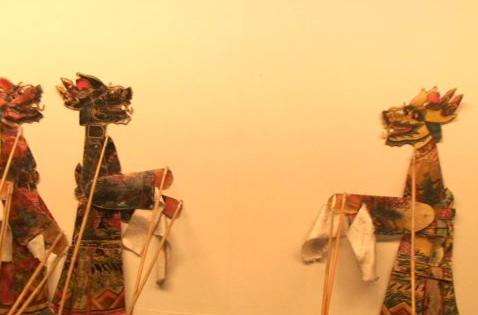
Patterns formed by reassembling the tangram.
Tangram: an educational toy.
Rattle-drum is a representative of acoustic toys in the shape of a drum having a handle, with two small balls attach at either side by a string, which strike the drum when the handle is turned to and fro. The drum is made from wood or bamboo, covered with sheep hide, ox hide or snake skin, etc. among which the one with wooden frame and sheep hide membrane is the most typical. Rattle-drum is the earliest ancient Chinese toy, appeared in the Warring States Period. It was first used for ceremonial purpose, and later on became an acoustic apparatus when it went tothe ordinary people. As it can send out light and merry sound to attract people’s attention, it was used by vendors to solicit customers. It is also an ideal toy for infants, helping to temper their grasping and holding strength as well as to test their hearing and sense of touching. Through two thousand years, the shape of rattle-drum as a combination of toy and musical instrument has seldom changed. The rattle-drum as seen in the pictures in the past dynasties is nearly the same as it is today.

Educational toy in China can be classified into board-type,chess-type,ring-type,card-type and block-moving-type among which,the board-type toys were mostly created by ancient scholars,improved constantly to become mature and welcomed by great masses of people.Board-type toys include primarily Tangram,informative map,16-qiao plate,21-qiao plate,etc..Tangram is a most important jigsaw puzzle consisting of seven thin plates placed in a square or rectangle,which when separated and fixed together again, different patterns can be formed. Tangram was derived from the Song Dynasty “swallow pattern”invented by Huang Bosi who used six rectangular tables and a small side-table to form a swallow-shaped pattern. The pattern gradually spread across the north and south of China, even to the West where it was praised as Tangram, meaning Chinese pattern.
